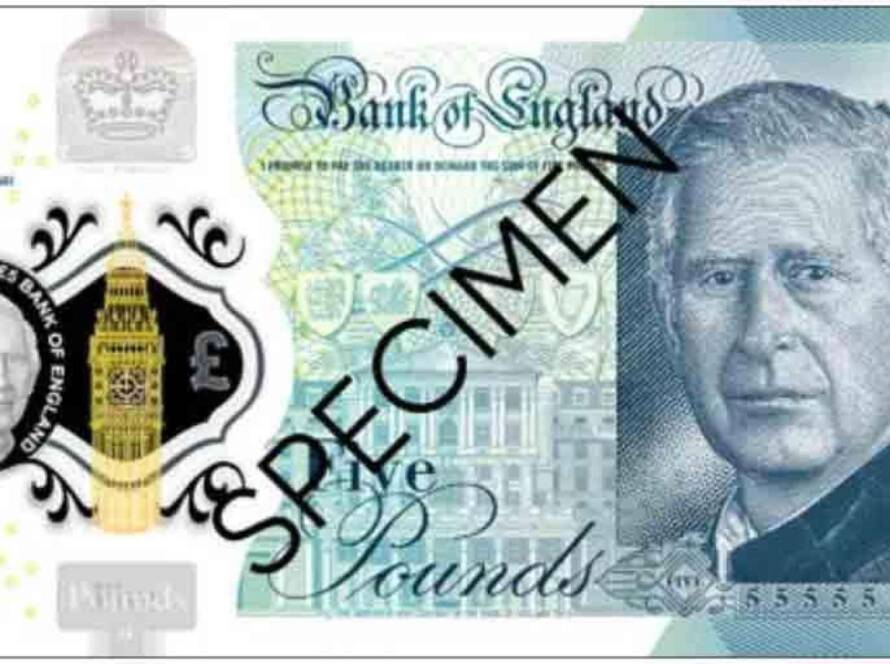In a landscape marked by economic uncertainty and shifting market dynamics, the Euro is increasingly finding itself at odds with broader financial trends. Recent analysis from Scotiabank highlights a pronounced divergence between the Euro’s value and its underlying spreads, raising questions about its fair market position. As central banks navigate complex monetary policies and global investors recalibrate thier strategies, this dissonance signals potential volatility in currency markets. this article delves into Scotiabank’s findings, exploring the factors contributing to the Euro’s detachment from fair value and what it may mean for stakeholders in the financial sphere.
EUR Diverges Further from spreads & Fair Value – Scotiabank
Recent declines in the Euro have raised alarms across global financial markets, as the widening gap between the currency and bond spreads becomes increasingly evident. Investors and analysts alike are dissecting this gap, striving to comprehend its implications for the EUR and related economic indicators. Inflation remains a pivotal factor affecting the EUR, with higher regional inflation figures putting downward pressure on the currency’s value. This fluctuation in EUR’s standing compels financial stakeholders to reassess their positions relative to prevailing economic conditions and complete inflation data. As Scotiabank maintains its watchful eye on the EUR performance, their analytical forecast outlines both short and long-term predictions that delve deeply into market dynamics.
Examining the EUR’s fair value poses important measurement challenges, with various metrics often presenting divergent conclusions. The broader economic pressures on the global stage contribute to this complexity,further accentuating the currency’s divergence from perceived fair value. The influence of interest rates is under constant scrutiny as market participants seek stability amidst volatility. Investor sentiment is becoming increasingly dynamic,with reactions frequently enough resembling a tug of war in response to shifting market news. Global trade dynamics and the ECB’s policy decisions continue to steer exchange rate trends, reflecting the intricate interplay of policy/practice and actual market behaviors. As volatility exerts its impact on the Eurozone economies, strategic approaches to eur risk management gain prominence, setting the stage for informed financial decision-making. Looking forward,accurate long-term projections are essential for navigating the evolving landscape,providing valuable insight for investors and economic policymakers alike to make informed decisions amid the turbulent market waters.
wrapping Up
the divergence of the euro from its spreads and fair value, as outlined by Scotiabank, underscores the complexities facing the European currency in the current economic landscape. As market dynamics evolve and external pressures mount, the implications for investors and policymakers alike become increasingly significant. Vigilance in monitoring shifts in currency valuation, economic indicators, and geopolitical developments will be essential in navigating this multifaceted environment. As the euro continues to drift from traditional benchmarks, the financial community must remain attuned to the potential ramifications for global markets and economic stability.






